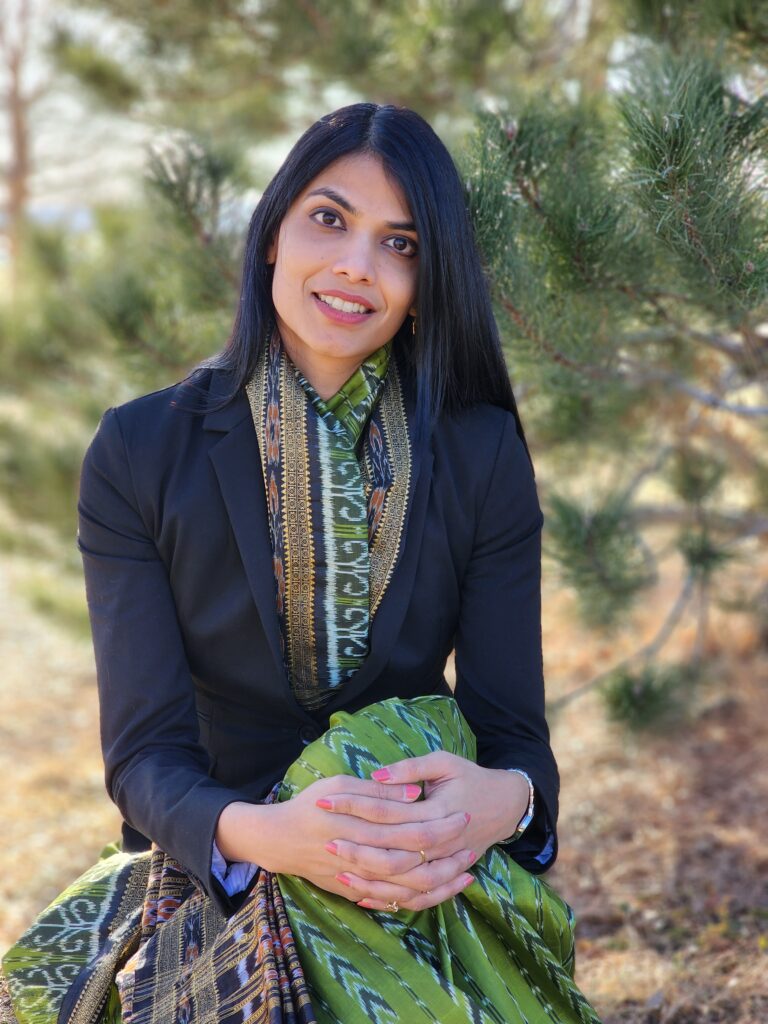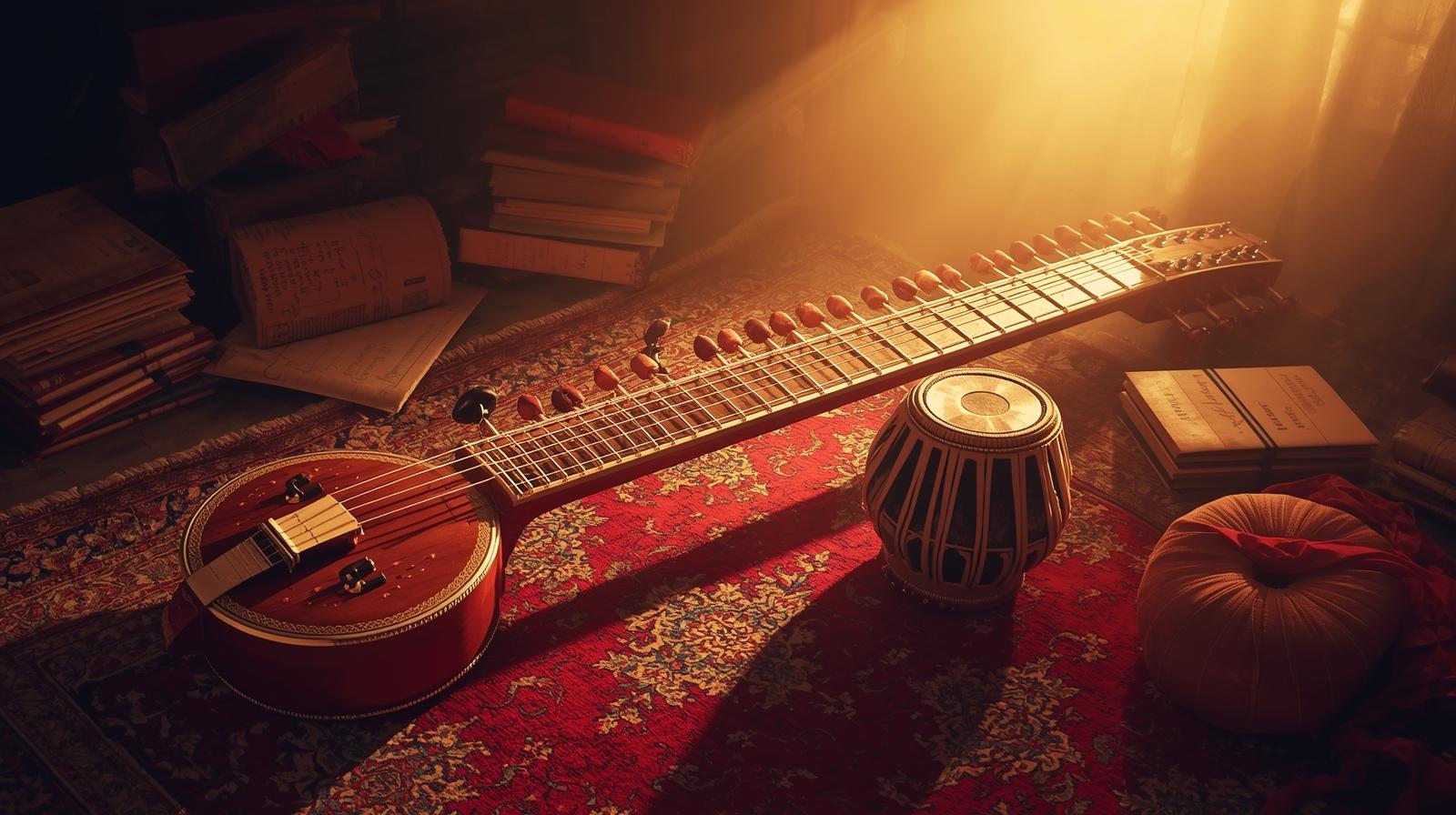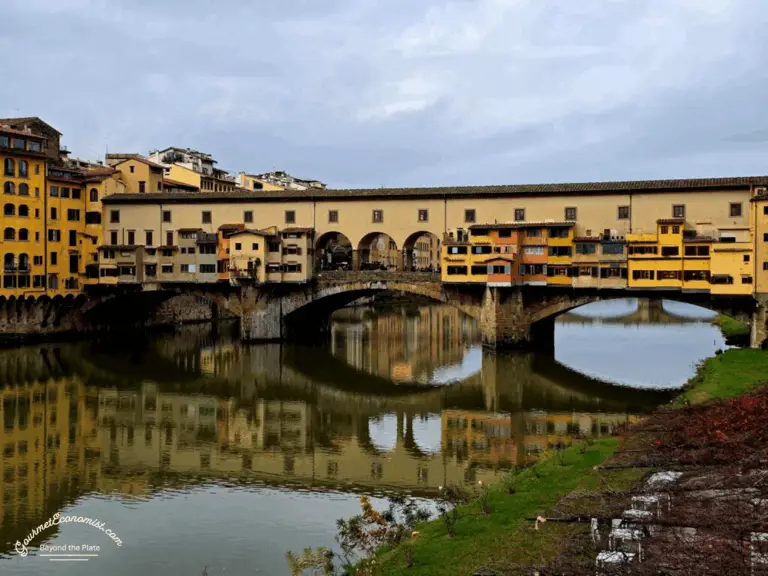Breaking Barriers: Cultural Capital and the Economics of Hindustani Classical Music

Why do talented musicians struggle to break through while less talented ones with the right family names receive opportunities effortlessly? This is not just unfair. It is inefficient. In labor markets with high information costs, evaluators use proxies to assess quality. In Hindustani classical music, family lineage functions as that proxy. The problem is that it’s a terrible predictor of actual ability.
I did not learn about barriers to entry and information asymmetries in graduate school. I learned them watching my mother navigate the Hindustani classical music world.
Vidushi Uma Garg entered a system that functions like a hereditary guild. The gharana tradition, while invaluable for preserving artistic lineages, creates systematic advantages for insiders that have little to do with talent. Without an established musical pedigree, my mother faced barriers that reveal how cultural capital operates as economic capital. It determines who gets heard, who gets paid, and who gets remembered.
Her journey from outsider to recognized vocalist, and eventually founder of Prawah Music Society, demonstrates how network advantages compound when markets use inaccurate signals to allocate opportunities. It also shaped my career in an unexpected way. Despite inheriting the very advantage my mother lacked (a family connection to an established artist), I recognized this would displace more talented musicians and chose economics instead, where my comparative advantage actually lies
This is a story about information costs, strategic intervention, and what happens when talent markets rely on the wrong signals.
Economic Barriers in Classical Arts – The Guild System of Gharanas
The mechanics of how this system operates reveal deeper patterns. Sociologist Pierre Bourdieu identified three forms of cultural capital that explain systematic advantages in creative fields, and all three are at work in the gharana system.
Bourdieu’s framework outlines three forms of cultural capital that help explain systematic advantages in creative fields. Embodied cultural capital refers to long-lasting dispositions of the mind and body acquired through socialization. In classical music, this includes the intuitive grasp of aesthetics, performance etiquette, and social codes absorbed from birth in musical households. Objectified cultural capital encompasses material artifacts that validate cultural competence, such as instruments, recordings, and memorabilia that signal belonging. Most critically, institutionalized cultural capital refers to socially recognized credentials that validate competence. In Hindustani classical music, family lineage itself functions as such a credential, conferring legitimacy that often operates independently of actual ability.
For musicians like my mother without established family names in music, the journey involves tangible disadvantages at every turn. She was fortunate to find a dedicated guru willing to mentor her, but he too existed outside the circle of “established” musical families and faced similar struggles for recognition despite his considerable talent. This created a parallel ecosystem where gifted musicians without the right familial connections formed their own networks of mutual support yet collectively remained marginalized from the mainstream classical music establishment. While this alternative system provided crucial mentorship and encouragement, it couldn’t fully compensate for the advantages that established lineages automatically conferred.
The barriers weren’t just about training but extended to performance opportunities. Concert organizers and established musicians would assess artists based on family reputation before even hearing them perform. I remember the countless letters my mother wrote seeking opportunities to perform, while watching contemporaries from established musical families receive invitations effortlessly. Each rejection represented not just an emotional setback but a tangible economic loss – time and resources invested without generating the connections and visibility that would fuel future opportunities.
Lineage as Cultural and Economic Capital
In Hindustani classical music, family lineage operates as a form of capital that generates cumulative advantages over time where each performance opportunity amplifies future prospects, reinforcing existing disparities.
For artists like my mother who lacked this initial capital, each missed opportunity compounded the losses – foregone income, connections, and recognition that would have generated future returns. The opportunity cost was substantial: she had to abandon her established success in light music and semi-classical forms to prove herself in the more demanding classical arena. The years she spent seeking a foothold in the classical music community represented a substantial investment with delayed returns. While her peers performed at major festivals and secured long-term discipleship with maestros, my mother spent those same hours writing letters, requesting meetings, and waiting for funded performances. The cost wasn’t only financial, it was compounded career time lost, similar to a professional being repeatedly denied entry into a growth sector while peers scaled rapidly. Even after establishing her artistic credentials, the economic value of her musical human capital consistently yielded lower returns than peers who started with inherited advantages.
As a labor economist, I recognize my mother’s experience as a textbook case of market imperfection and asymmetric information. Talent is inefficiently allocated because evaluators use family lineage as a proxy for quality in the absence of perfect information. Her struggle wasn’t simply personal; it reflected inefficiencies in how the ‘market’ for classical musicians functions when non-meritocratic factors influence who receives opportunities.
Baumol’s Cost Disease and Classical Music Economics
The lineage barrier wasn’t the only market failure my mother faced. The very economics of live performance created additional constraints. Economists describe this problem as Baumol’s cost disease, first identified in the performing arts. Unlike in manufacturing or technology, productivity in music cannot increase: it still takes four musicians the same amount of time to play a Beethoven string quartet or a Hindustani raga today as it did two centuries ago. A performance cannot be sped up or automated without fundamentally changing the art itself.
Yet wages for musicians have risen substantially over time. William Baumol explained that as wages in more productive sectors increase with efficiency gains, arts institutions must raise pay to attract and retain talent, even though productivity in performance has not changed. This creates a structural imbalance in which the cost of presenting live music rises faster than the general price level.
In Hindustani classical music, this imbalance produces a very specific outcome. Audiences are often unwilling or unable to pay ticket prices that reflect the true cost of performance. To maintain accessibility, organizers frequently keep prices nominal or offer concerts for free, filling the gap with personal funds, donations, or subsidies. For nonprofit organizations, the challenge is even sharper. Their mission emphasizes inclusion and accessibility, which means they avoid pricing out audiences with limited means. The result is a paradox. Musicians must receive compensation that competes with other sectors, yet ticket sales alone rarely provide a sustainable financial model.
The Role of Grassroots Institutions
This economic context makes the founding of Prawah Music Society 15 years ago not just a personal triumph but a strategic market intervention. My mother hosted the first concert in our home because securing a formal venue required funds that weren’t available. She personally funded artist payments from the start, and today Prawah operates as a nonprofit sustained through modest donations and membership dues from supporters who are often students and modestly paid artists themselves.
Despite these constraints, grassroots organizations like Prawah create value extending far beyond cultural preservation. By providing performance platforms specifically for emerging artists without established connections, Prawah has effectively lowered entry barriers and created a more dynamic “marketplace” for classical music. Each concert represents not just cultural programming but a restructuring of the opportunity landscape, creating visibility, networking opportunities, and professional credentials for those who would otherwise remain on the margins.
Positive Externalities in Cultural Economics
Prawah’s work addresses market failures in the cultural sector. When market mechanisms fail, as they do when factors unrelated to talent determine access to opportunities, resources aren’t allocated to their highest-value use, creating both equity and efficiency problems. By connecting talented musicians with audiences regardless of their background, Prawah helps correct these inefficiencies, despite operating with extremely limited financial resources.
The organization also generates significant positive externalities, i.e., benefits that extend beyond the immediate transaction between performers and audiences. When an emerging artist receives their first platform through Prawah, the value created extends well beyond that single performance. Future audiences will enjoy their art, students may later learn from them, and the broader cultural ecosystem benefits from increased diversity of expression. These positive spillover effects aren’t captured in any balance sheet but represent real economic and cultural value. Just as economists recognize that education creates benefits beyond the educated individual, organizations like Prawah create cultural and economic ripples that benefit the broader society.
My mother’s creation of Prawah didn’t just benefit the wider music community; it deeply influenced my own relationship with talent and opportunity. Her experience in the classical music world shaped how I would think about my skills and career path. Her journey breaking through in a legacy-dominated field gave me an unexpected gift: a clearer understanding of where my true strengths lie and the freedom to pursue them elsewhere.
Intergenerational Human Capital Allocation
Watching my mother’s journey profoundly shaped my own career path. Despite growing up immersed in classical music, I made a conscious decision not to follow in her footsteps. Having witnessed her struggles firsthand, I recognized that the networking demands and self-promotion essential to success in classical music didn’t align with my strengths. After careful reflection, I concluded that investing my efforts in economics would better suit both my abilities and temperament. Her persistence in breaking barriers paradoxically gave me the clarity to choose a different direction entirely.
By the time I reached adulthood, my mother had established herself, meaning I would have had the very “family connection” advantage that she lacked. The path would have been considerably easier for me than it was for her. Yet this presented its own economic inefficiency – I knew I wasn’t as musically gifted as many others in the field. Pursuing music would have meant displacing more musically gifted artists, simply by virtue of my inherited advantage. Meanwhile, my analytical aptitude would remain underutilized, representing a dual inefficiency in talent allocation.
This reflects a broader inefficiency in the classical arts ecosystem. Many children of established musicians choose music not because of exceptional talent but because it’s the path of least resistance. They inherit opportunities that might create better social value if allocated to more gifted performers. Meanwhile, their own talents might be better applied in fields where they have comparative advantage. Society loses twice: we miss out on music from gifted artists without connections, while also losing what these ‘legacy musicians’ could have contributed to fields better matching their true talents.
My mother’s struggle to break into a system based on family connections gave me the freedom to pursue my own comparative advantage rather than feeling obligated to follow a predetermined path. In economic terms, this allowed for a more efficient allocation of human capital: she excelled where her talents lay, and I was empowered to do the same in my chosen profession.
Prawah demonstrates that the barriers Bourdieu described and the financial paradox Baumol identified need not define the future of Hindustani classical music. By creating platforms where talent can surface independently of lineage and thrive despite structural cost challenges, organizations like Prawah point the way toward a more meritocratic and sustainable cultural ecosystem.
This piece was originally written for Prawah Music Society’s 15th anniversary publication, celebrating both this milestone and my mother’s 75th year.






